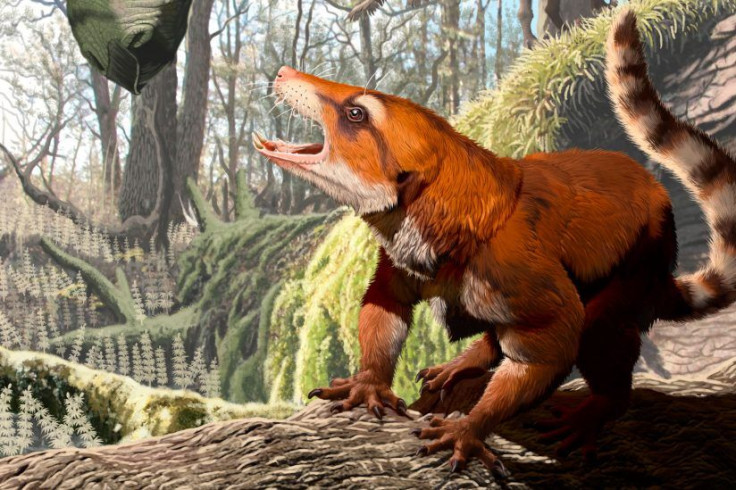130-Million-Year-Old Fossil Suggests Pangaea Supercontinent Split Occurred More Recently Than Thought

The fossilized skull of an animal that roamed Earth 130 million years ago is changing our understanding of ancient super-continent Pangaea and when it might have broken apart.
The near-complete fossil, discovered in eastern Utah this year, revealed the newly-discovered mammalian species lived during the age of dinosaurs and was nearly as big as a modern-day rabbit — small by today’s standards. The animal now called Cifelliodon wahkarmoosuch thrived in North America.
To better understand its physical traits, the team conducted CT scans and analyzed the skull. The results revealed the animal had a very small brain but massive "olfactory bulbs" that might have helped with processing different smells. Its eye sockets were also very small and indicated it had a poor sense of vision.
All of this, combined with the teeth resembling that of fruit-eating bats, suggested the animal was probably nocturnal and relied on its sense of smell rather than vision.
"The skull of Cifelliodon is an extremely rare find in a vast fossil-bearing region of the Western Interior, where the more than 150 species of mammals and reptile-like mammal precursors are represented mostly by isolated teeth and jaws," James Kirkland, study’s co-author, said in a statement.
The animal has been placed in a group of extinct mammal ancestors called Haramiyida. Though most of the fossils related to this group come from Triassic and Jurassic of Europe, Greenland, and Asia, some fossils of closely related animals were also unearthed in Northern Africa.
These relatives date back to the time when Cifelliodon wahkarmoosuch existed in North America and suggests the animals were able to migrate between continents. This could have only been possible if some part of the ancient supercontinent Pangaea would have been intact into the early Cretaceous period (145 to 101 million years ago).
"Based on the unlikely discovery of this near-complete fossil cranium, we now recognize a new, cosmopolitan group of early mammal relatives," Adam Huttenlocker, the lead author of the study, said in the statement.
The supercontinent started splitting during the Triassic era, somewhere around 225 to 200 million years ago, and according to the latest fossil-based evidence, took 15 million years longer than previously thought to separate completely.
The fossil also suggests early mammals were more widespread than previously thought. Many animals migrated from Asia to Europe, and then to North America and further onto major southern continents.
"For a long time, we thought early mammals from the Cretaceous (145 to 66 million years ago) were anatomically similar and not ecologically diverse," Huttenlocker added. "This finding by our team and others reinforce that, even before the rise of modern mammals, ancient relatives of mammals were exploring specialty niches: insectivores, herbivores, carnivores, swimmers, gliders. Basically, they were occupying a variety of niches that we see them occupy today."
© Copyright IBTimes 2025. All rights reserved.





















